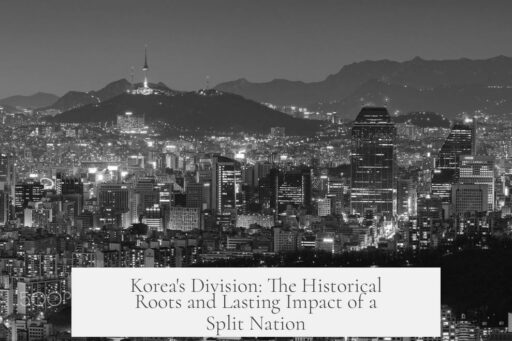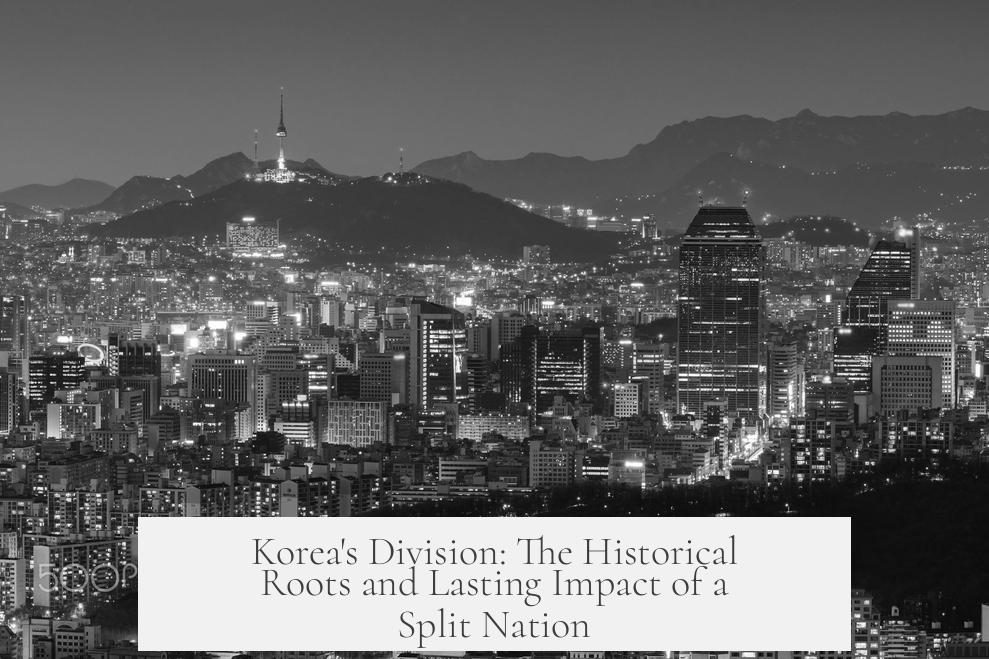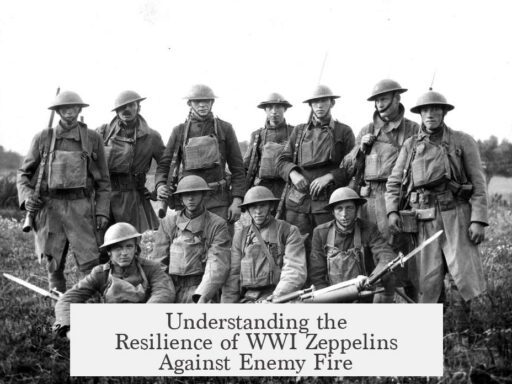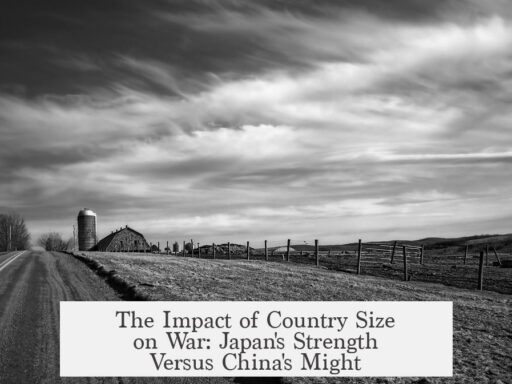Korea became a split nation due to geopolitical decisions made at the end of World War II, rising Cold War tensions, the establishment of separate governments, and the Korean War, which reinforced the division.
After World War II ended in 1945, Korea was liberated from Japanese control. The peninsula was occupied by two foreign powers: the Soviet Union in the north and the United States in the south. This division initially aimed to be temporary and was arranged at conferences among the Allied powers. The dividing line, set near the 38th Parallel, was a somewhat arbitrary agreement to facilitate the surrender of Japanese forces rather than a reflection of Korean political realities. The intention was for Korea to reunify and choose its own government later.
However, the global landscape was rapidly changing. The alliance between the U.S. and the Soviet Union deteriorated into the Cold War. The Soviets established a communist government in northern Korea, backing Kim Il-Sung, while the Americans supported a separate government in the south under Syngman Rhee, who led an anti-communist regime. Both governments operated independently, claiming to represent the entire Korean people.
Plans for national elections to unify Korea fell through. The Soviets prevented elections in the north, firmly supporting the communist regime. In the south, elections proceeded under U.S. and United Nations oversight. The UN recognized the southern government as the legitimate authority, but the north and its backers rejected this. This resulted in two separate Korean states: the Democratic People’s Republic of Korea (North Korea) and the Republic of Korea (South Korea).
The conflict intensified when Kim Il-Sung sought to reunify Korea by force. In 1950, backed by Soviet arms and later by Chinese troops, North Korean forces invaded the South, initiating the Korean War. The United States, acting under the United Nations’ banner, intervened to defend South Korea. The war saw advances and retreats by both sides. China entered the conflict to prevent having a U.S.-aligned nation on its border, pushing UN forces back below the 38th Parallel.
The fighting ended in 1953 with an armistice agreement. This ceasefire reaffirmed the boundary near the 38th Parallel and established a Demilitarized Zone (DMZ), effectively creating the permanent division of Korea. No formal peace treaty was signed, leaving the two Koreas technically still at war with periodic tensions.
Key points in Korea’s split include:
- Post-WWII Occupation: The Soviets took the North; the U.S. took the South after Japan’s surrender.
- Cold War Rivalry: U.S. and Soviet ideologies led to separate governments supporting opposing political systems.
- Failed National Elections: The Soviets blocked elections in the North, while the South held elections recognized by the UN.
- Korean War (1950–1953): North Korea invaded South Korea, prompting U.S. and UN intervention and Chinese support for the North, ending in a stalemate.
- The Armistice and DMZ: The war ended without peace treaty, solidifying the division along the 38th Parallel.
| Event | Year | Details |
|---|---|---|
| End of Japanese rule | 1945 | Korea liberated by Allied forces; division at 38th Parallel between Soviets and Americans |
| Establishment of separate governments | 1948 | North Korea founded as communist DPRK; South Korea established as capitalist Republic |
| Korean War begins | 1950 | North Korea invades South; U.S./UN intervene, China supports North |
| Armistice signed | 1953 | Cease-fire creates demilitarized zone, permanently dividing Korea |
Today’s division remains shaped by these events. The influences of external powers during the mid-20th century created political and ideological rifts too deep to bridge. Both governments continue to operate independently, with the DMZ as a tense border. Historical decisions during and after World War II, fueled by Cold War competition, exclusively shaped Korea’s status as a split nation.
- Korea’s division began with post-WWII occupations by the USSR and the USA.
- The Cold War rivalry led to separate governments in the North and South.
- The Korean War reinforced the division and created the DMZ.
- No formal peace treaty has ended the conflict, sustaining the split today.
How Did Korea Become a Split Nation?
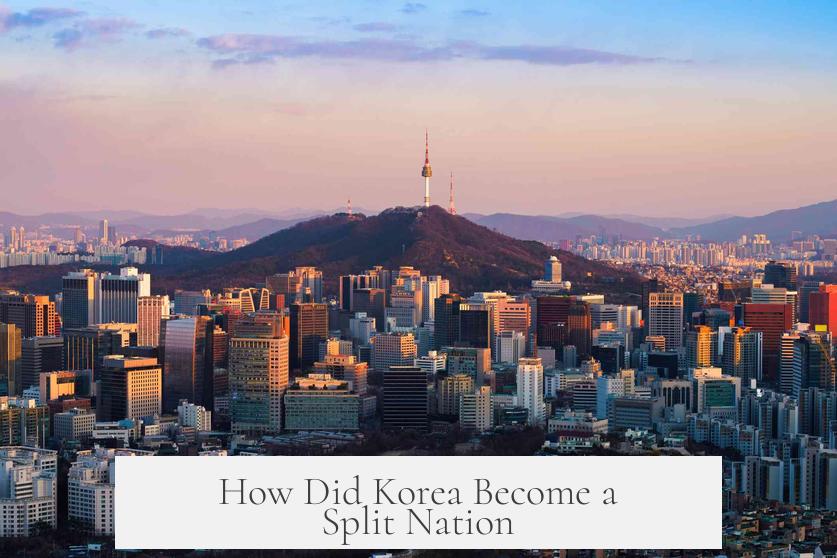
Korea became a split nation primarily because of decisions and conflicts rooted in World War II, the Cold War rivalry between the U.S. and the Soviet Union, and a brutal war that followed—the Korean War. But that short answer barely scratches the surface. This story is a gripping tale of global powers, ideologies clashing on a peninsula torn between liberation and division.
The Aftermath of World War II: Arbitrary Lines and Clashing Ideologies
Let’s rewind to 1945. World War II finishes, Japan surrenders, and the Korean Peninsula—formerly under harsh Japanese control—regains its freedom. However, freedom for Korea didn’t mean immediate peace or unity. Instead, it became a playground for international politics.
The U.S. and Soviet Union, fresh from being uneasy allies battling Nazi Germany, suddenly found themselves glaring across an ideological divide: capitalism versus communism. Now they both had armies ready but wanted to avoid outright conflict—at least for a while.
So, they agreed on what might be one of the most infamous border decisions of the 20th century: the 38th Parallel. It was less a carefully negotiated boundary and more a convenient, slightly random line on the map chosen during a wartime conference to split Korea for occupation purposes.
The Soviets marched into the northern part, setting up a communist foothold, while American forces took the south. Both sides promised this division was temporary, a stopgap until Koreans could freely choose their government. Spoiler alert: that never happened.
Cold War Tensions: Seeds of Separate States
Once the guns silenced in World War II, a new battle brewed—a Cold War. Suddenly, cooperation gave way to competition and suspicion.
The Soviets decided not to let a free election threaten their new communist regime in the North. The Americans, meanwhile, supported elections in the South, which quickly led to Syngman Rhee, a staunch anti-communist, taking power.
This split wasn’t about Korean self-determination anymore; it had become a proxy tug-of-war between two giants. Both sides armed their leaders, entrenched their systems, and watched the peninsula drift further apart.
Two Koreas, Two Ideologies: Governments Established
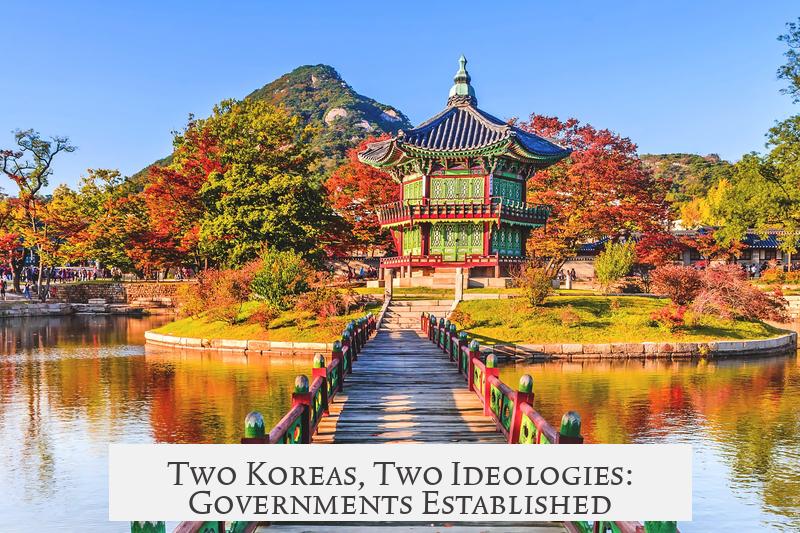
By 1948, two separate governments emerged officially. In the North stood the Democratic People’s Republic of Korea (DPRK), led by Kim Il-Sung, a leader backed hard by Soviet power. The North was communist and tightly controlled.
Down South, the Republic of Korea (ROK) came into existence under a capitalist but equally authoritarian government headed by Syngman Rhee. The United Nations recognized the South’s government as legitimate.
However, the North rejected this legitimacy entirely, further cementing the divide. Both leaders dreamed of reunifying the peninsula under their own banner, setting the stage for inevitable conflict.
When Diplomacy Failed: The Outbreak of the Korean War
The simmering tensions boiled over in 1950 when Kim Il-Sung launched a military invasion into the South, aiming to reunify Korea by force. This aggressive move was backed by Soviet arms and strategic support.
The South was nearly overwhelmed. Cue dramatic entrance: the U.S., under the banner of the United Nations, intervened to repel the communist forces. For a while, UN troops pushed far into the North, nearing the Chinese border.
That’s when China got involved. Fearing a hostile capitalist country aligned with the U.S. just across their border, Chinese troops invaded Korea, pushing UN forces back into the South. What followed was a costly and brutal stalemate.
The war raged for three years, with front lines shifting repeatedly but neither side capable of delivering a final blow. Casualties soared, families were torn apart, and the peninsula became the death zone we still hear about today.
Armistice but No Peace: The Enduring Division
In 1953, after millions lost their lives and states drenched in destruction, an armistice was signed. This ceasefire, however, didn’t officially end the war. It merely froze the conflict with a heavily fortified border roughly along the 38th Parallel.
This demilitarized zone (DMZ) isn’t just a line on a map; it’s a reminder of a war that never technically ended and a division that still divides families, politics, and the world.
Why Is This Important? Lessons from Korea’s Division
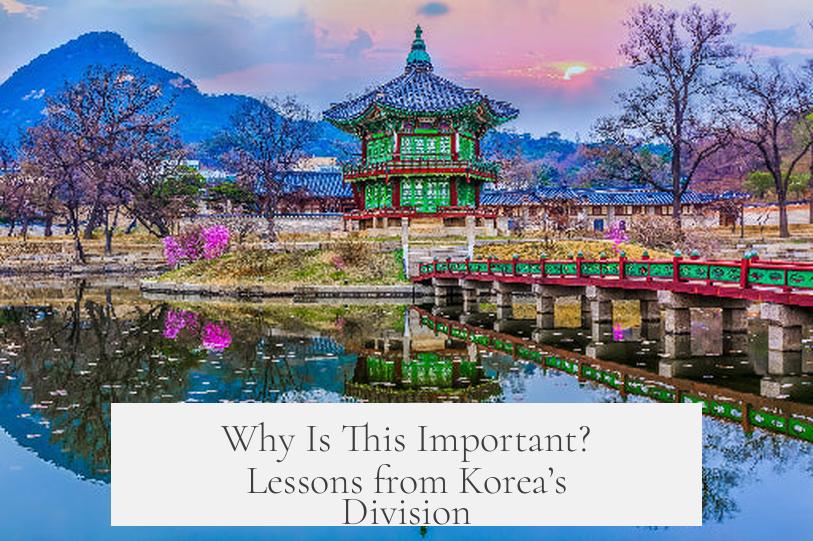
Understanding how Korea became a split nation tells us volumes about great power politics. It reveals what happens when the ambitions and ideologies of distant nations shape the fate of an entire country with little say from its people.
The Korean example also offers a powerful lesson on the dangers of hasty decisions in geopolitics. That 38th Parallel was drawn quickly, without much regard for cultural, historical, or geographic realities. The consequences? A split country that remains divided more than 75 years later.
For anyone wondering about peace prospects today, the history underscores the complexity. Both North and South Korea’s paths originated from external impositions as well as domestic ambitions. Reunification isn’t just a political matter—it’s an emotional and historical challenge.
How Korea’s Split Shapes the World Today
The Korean split is a living legacy of the Cold War, showing how a global ideological clash can fracture a nation and impact millions. It’s why the DMZ remains one of the most heavily militarized zones on earth.
Moreover, this division influences diplomatic relations across Asia and beyond. The presence of nuclear weapons in the North keeps global powers on edge, while South Korea thrives as a major democratic economy.
So, next time someone asks “How did Korea become a split nation?”, it’s not just a history question. It’s a doorway into understanding global politics, the weight of war, and the continuing impact of unresolved conflicts.
Wrapping It Up: A Split Born of War, Politics, and Ideology
In summary, Korea’s division is the result of World War II ending Japanese control, followed by occupation by two antagonistic powers. Those two powers—the U.S. and Soviet Union—each set up governments aligned to their worldviews. Failed elections turned the split into permanent separation, and a bloody war cemented the divide. The armistice froze this split in place, with no peace treaty to heal the wounds. Today’s Korea is twice the story—one of liberation and one of ongoing division.
And if history teaches us anything, it’s that borders drawn without people’s will rarely lead to lasting peace. Korea’s experience is a complex lesson about power, war, and the resilience of a nation divided.
